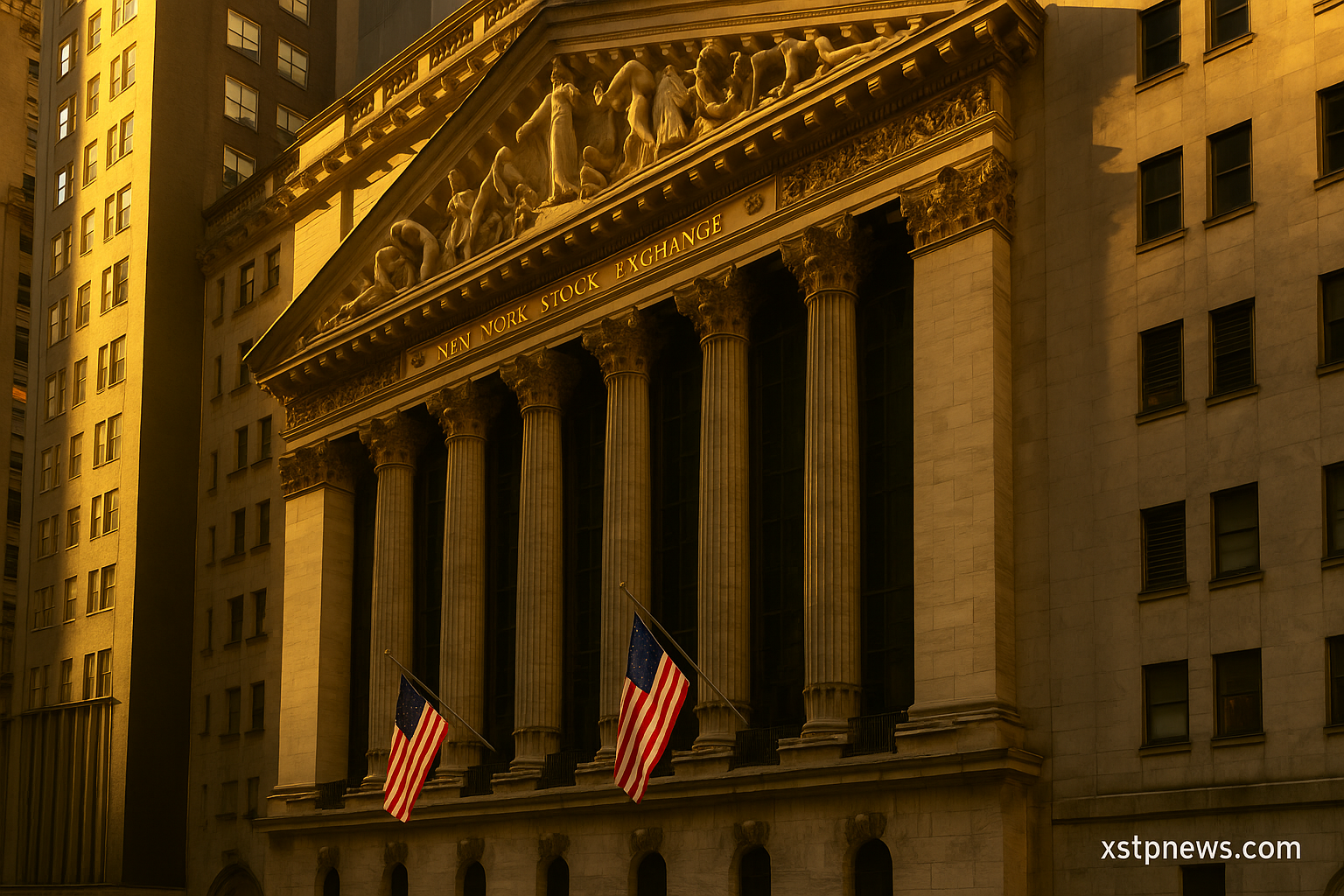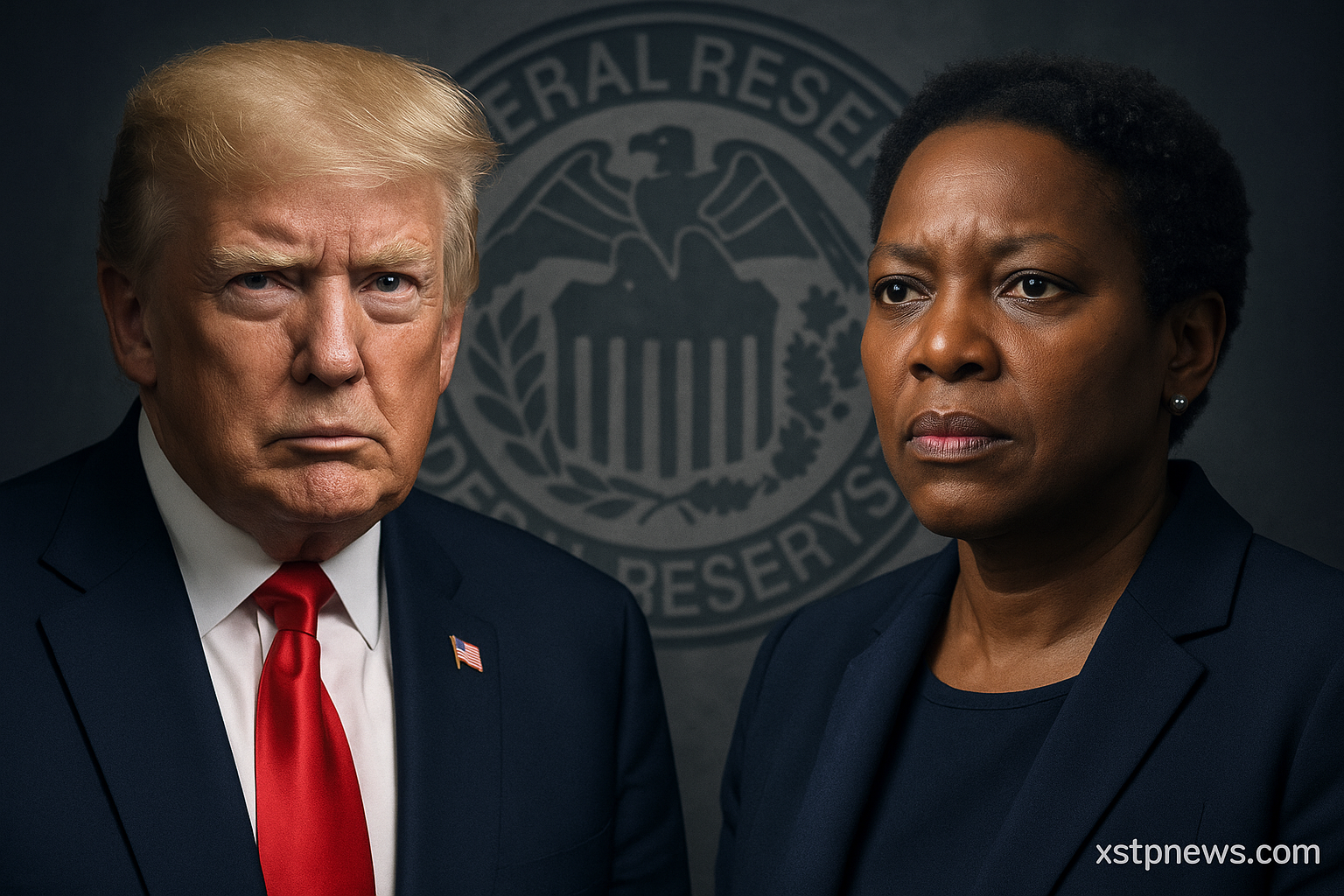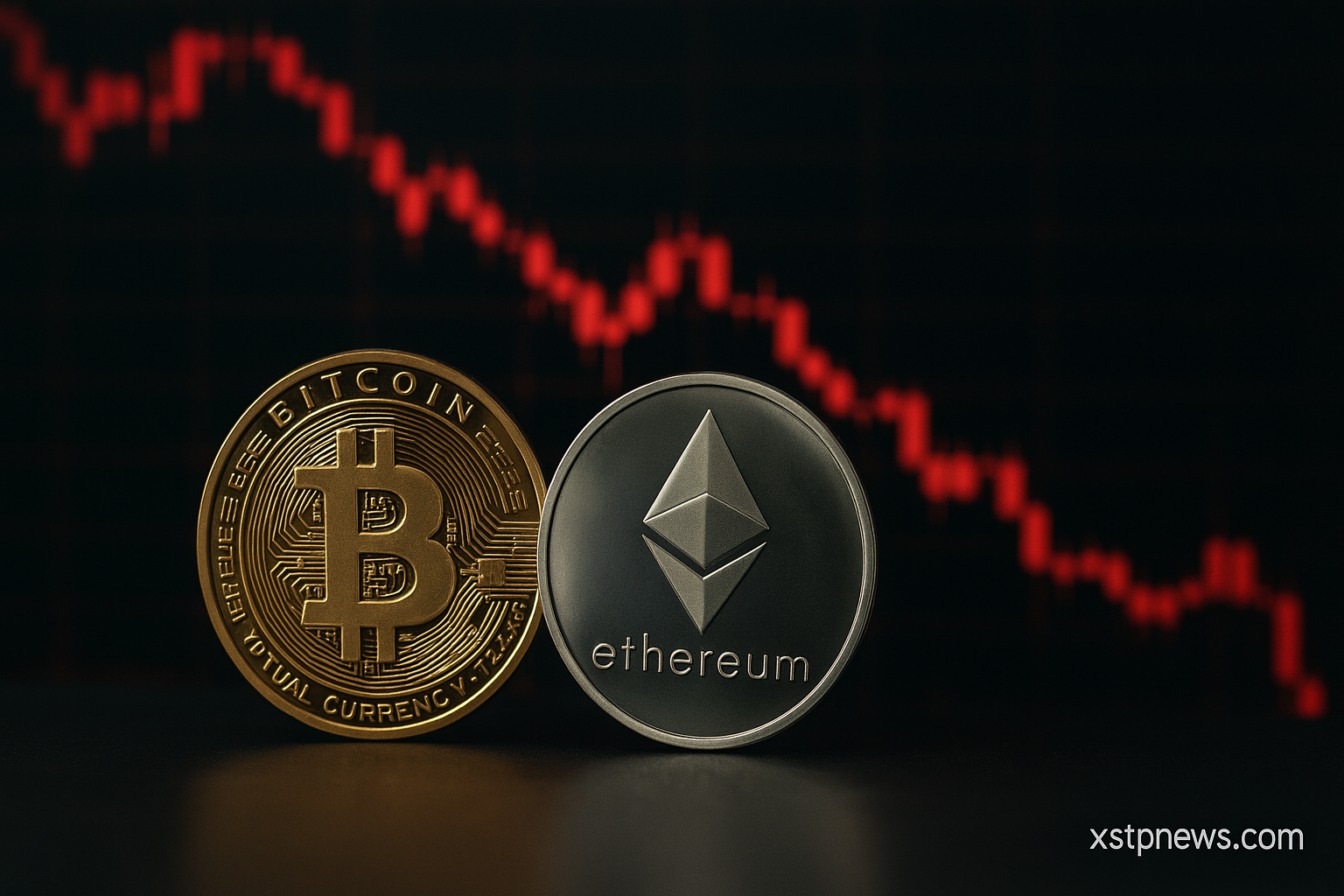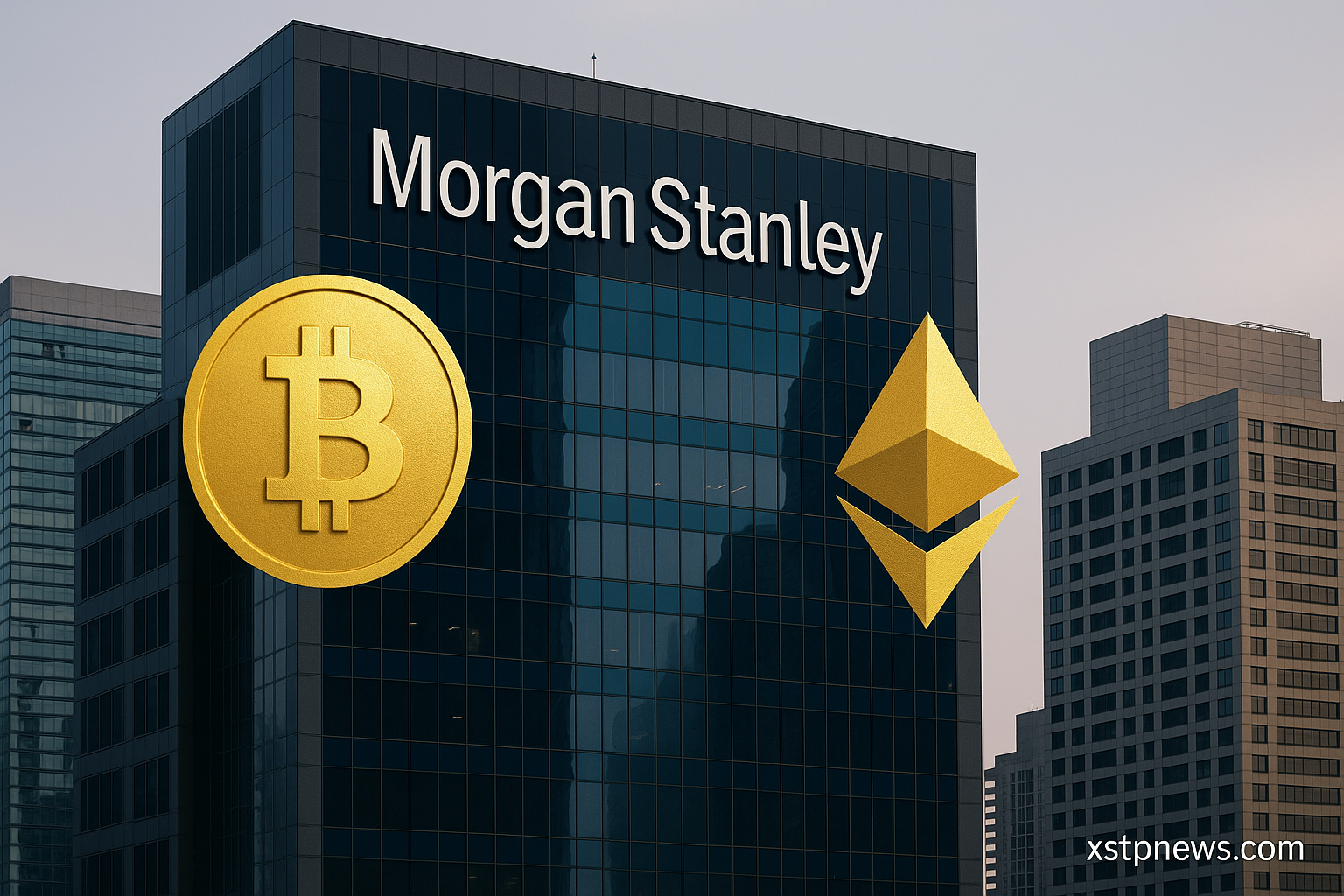The United States is facing a period of silent economic weakening, marked by slowing job creation, rising debt, and mounting fiscal pressures. Recent data reveals cracks in the labor market and concerns about long‑term growth, fueling debates about whether the world’s largest economy is entering a phase of structural decline.
Labor Market Weakness Signals Stress
July’s jobs report shocked analysts: the US added just 73,000 new jobs, well below expectations of over 100,000. Unemployment rose to 4.2%, and previous months were revised down by 258,000 jobs, highlighting a weaker‑than‑expected labor market.
Consumer confidence is slipping, household debt is rising, and early signs of loan defaults point to a fragile economic foundation that could make the recovery increasingly uneven.
Rising Debt and Fiscal Pressures
The federal deficit has ballooned to $2 trillion annually, raising alarm over the sustainability of US finances. Long‑term projections from the Congressional Budget Office (CBO) warn that public debt could reach 156% of GDP by 2055 if spending trends continue.
Economists are increasingly concerned that persistent deficits combined with weak growth limit Washington’s ability to respond to future crises, making the system vulnerable to shocks.
Fed Policy and Political Tensions
The Federal Reserve held rates steady at 4.25%–4.50% in July but faces intense political pressure from the Trump administration to cut rates amid signs of economic strain.
- Fed dissidents Bowman and Waller have already called for a 0.25‑point cut, citing labor market deterioration.
- Trump’s tariff escalation adds inflationary pressure and market uncertainty, potentially forcing the Fed into a delicate balancing act between fighting inflation and preventing a recession.
Global Perception and Long‑Term Risks
While the US remains the world’s largest economy, its share of global GDP has slipped from ~30% to ~24%, as emerging markets like China and India continue to expand.
Demographic challenges, including low birth rates and an aging population, add to the risk of slower structural growth in the decades ahead. Analysts describe this as a silent decline—not a collapse, but a gradual erosion of economic dominance if no corrective action is taken.
Investors and global observers are increasingly turning to hedge assets such as gold and Bitcoin to navigate uncertainty. As the US navigates fiscal fragility, political tension, and potential policy missteps, digital and non‑sovereign assets gain appeal as alternative stores of value in a changing financial landscape.
Source: The Guardian, Business Insider, MoneyWeek, AP News







